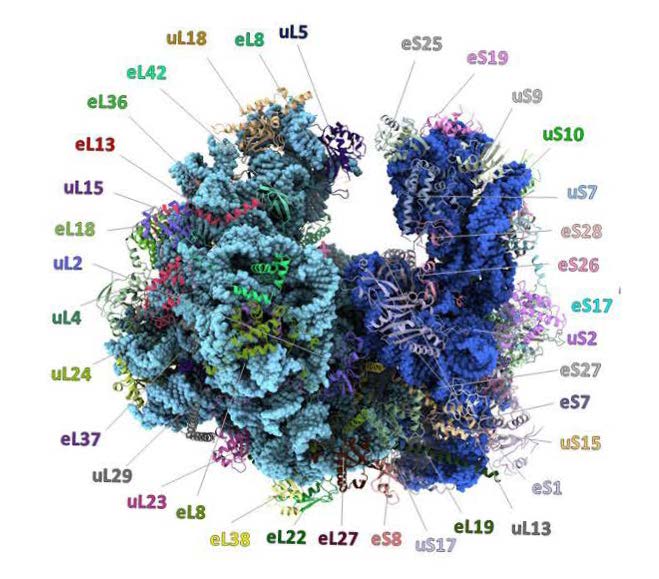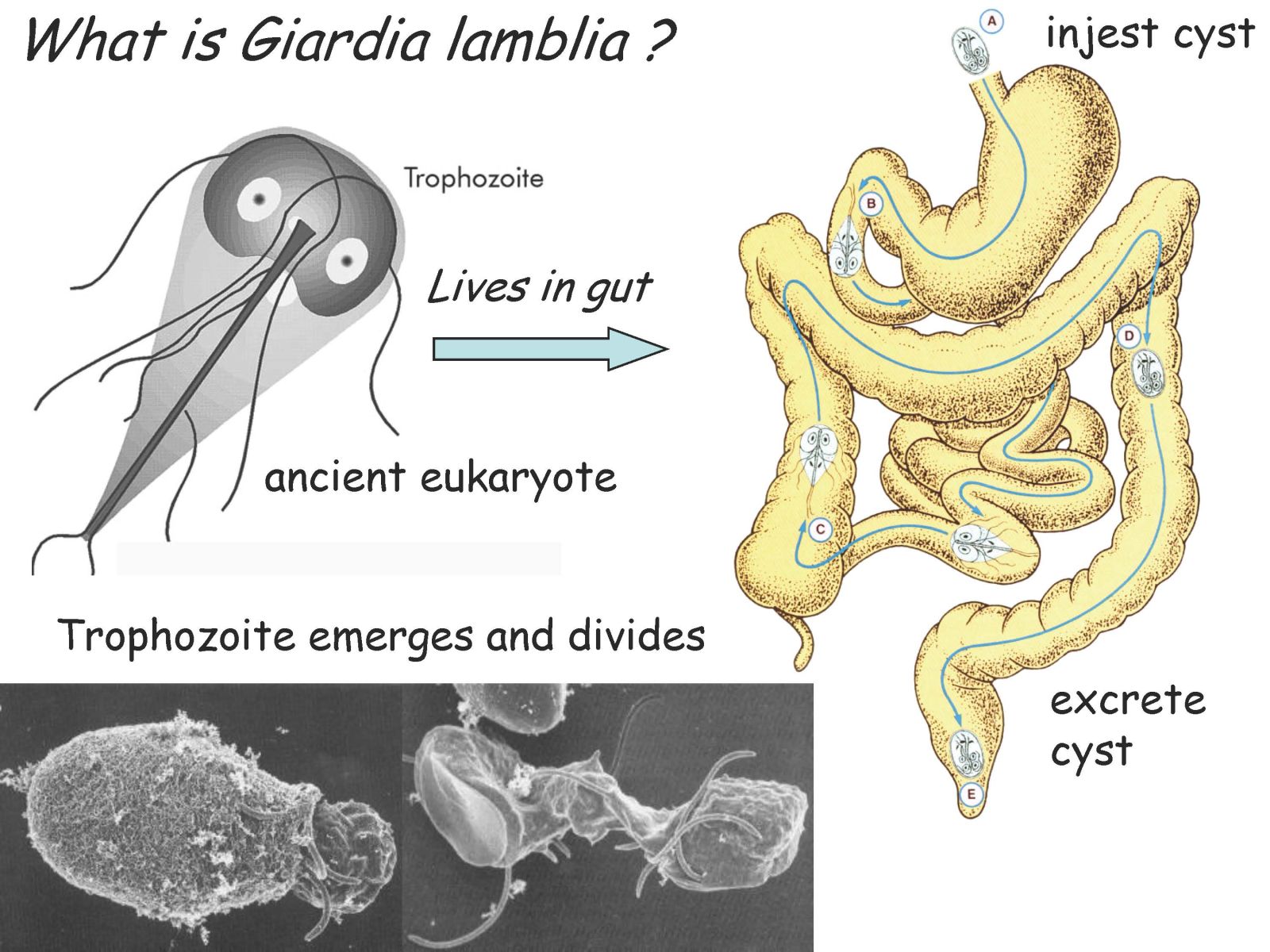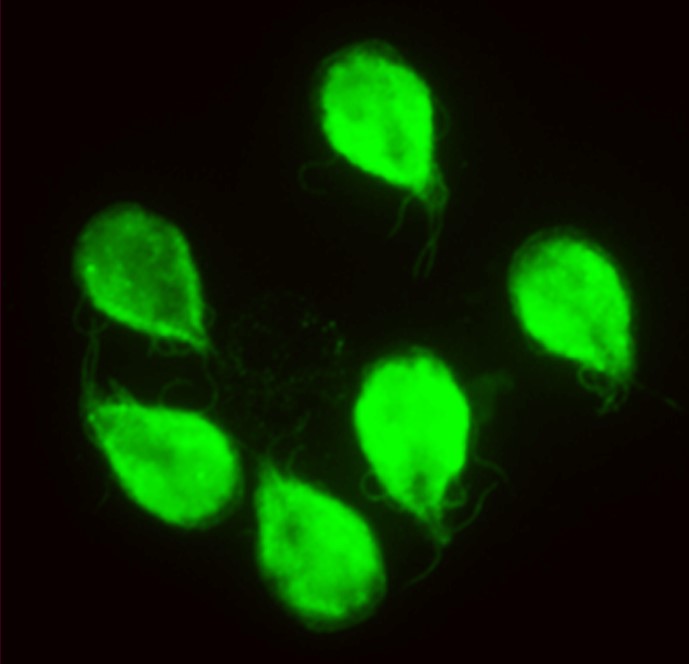IBBR Researchers Discover Ribosome from the Human Parasite Giardia lamblia May Provide Promising Therapeutic Target in Combating Giardiasis

Giardiasis is an acute human diarrheal disease caused by the microscopic parasite Giardia lamblia (GL) that persists in the environment and causes much suffering when ingested through contaminated water and food. Giardiasis also increases the probability of developing irritable bowel syndrome later in life. New strategies to combat Giardiasis need to be developed as resistance to current drugs is spreading and no human vaccines have been approved. Osnat Herzberg, IBBR Fellow and Professor, Department of Chemistry and Biochemistry at University of Maryland, College Park along with Liudmila Kulakova, IBBR Associate Research Scientist and researchers from the Weizmann Institute of Science in Rehovot, Israel have recently discovered that the G. lambia ribosome may provide a promising therapeutic target. Their findings have been published in Nucleic Acids Research.
The ribosome is a large complex comprising Ribonucleic acid (RNA) and protein molecules, which is essential to life because it produces all cellular proteins from their amino acids building blocks. Indeed, drugs that inhibit the ribosome activity are often used to treat bacterial infections. GL is a unicellular eukaryotic organism that resembles more closely the human cell as compared with bacteria. Drugs that inhibit its ribosomes might inhibit the human ribosomes, causing undesirable side effects. The structure of the GL ribosome, recently determined by cryoEM methods, reveals regions on the surface of the complex that differ from the human counterpart. Next, these locations can be exploited to develop selective drugs that inhibit the GL ribosome activity but not the human ribosome. Such drugs will have profound health and economic impact on the hundreds of millions of persons infected by GL annually, in particular in poor countries that lack resources to maintain good sanitary conditions.


